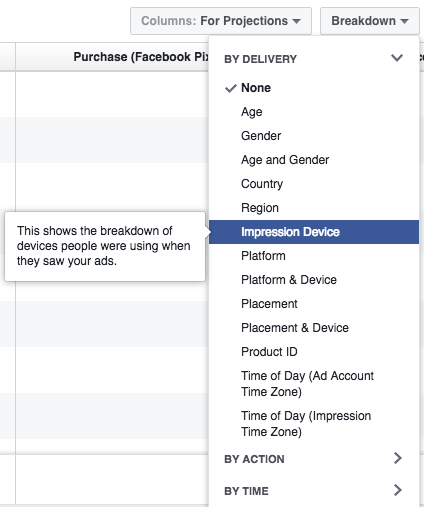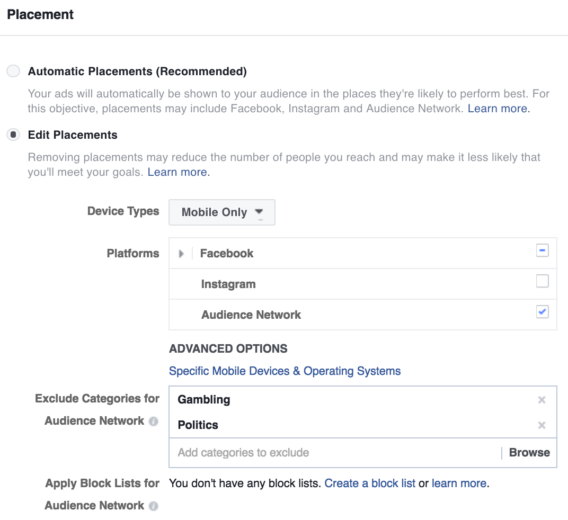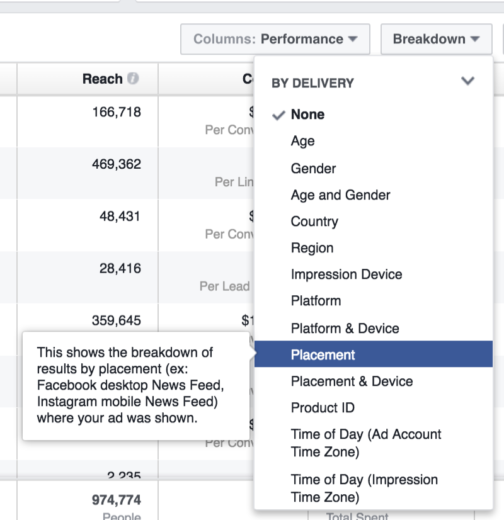3 Facebook Optimizations You Can Make Today

Last month, Hanapin Marketing Account Analyst Chadd Powell shared a few Facebook custom optimizations to gain control over campaign performance. Check out his post after reading the additional ideas for optimizations below. These optimizations do not require a social strategy overhaul and can be fast to implement in your Facebook accounts.
1) Test Different Bidding Strategies
Bidding by CPC (Cost per Click) or CPM (cost per thousand impressions) can have a great impact on how much you are paying for clicks, impressions, and website traffic. If you are noticing an increase in CPC and are bidding based on CPM, test switching to CPC. Launch an A/B test by creating a copy of the ad set with equal daily budgets. The only difference between the two should be CPC vs CPM as shown below.
To set up this test in a campaign with a website conversion objective, choose CPC bidding by setting the optimization for ad delivery to link clicks to your website instead of conversions which will charge on a CPM basis.
CPM Control:

CPC Test:

To set up this test in a campaign with a clicks to website objective, set the optimization for ad delivery to link clicks to your website. As shown below, Facebook then provides the option to be charged by impression (CPM) or link click (CPC).

The below data shows results from a test between automatic CPC vs. automatic CPM bidding. The automatic CPC ad set saw a 21.8% lower CPM and a 44.12% lower CPC compared to the automatic CPM ad set. Conversion rate was higher for the automatic CPM ad set, however, causing CPA to increase for the campaign overall while running this test. While the change in bidding strategy lowered the cost per website visitor from Facebook, switching from optimizing for clicks instead of conversions may have caused conversion rates to decrease. This use case is a great example of why you should test new bidding strategies before implementing them.

2) Segment By Device
Like in AdWords and Bing, it’s important to monitor Facebook campaign performance by device. To see this data, pull a campaign report broken down by impression device. You may need to pull this data at the ad set level depending on the organization of the account.

After exporting the data, use a pivot table to easily visualize performance by device. Below is the data for a top spending ad set that was seeing a lift in post click CPA. Since desktop post click CPA was higher than all mobile device CPAs, this ad set was segmented by desktop and mobile.

By segmenting by device, you are able to budget at the ad set or campaign level, therefore decreasing spend for low performing devices and increasing spend for top performing devices. Segmenting also saves time in the future since you can easily visualize device performance without using the breakdown feature in the Facebook interface.
3) Check Ad Placements
Unless your ad sets are all set to run ads on desktop only, you are able to show ads on Instagram and the Facebook Audience Network. In the interface, Facebook recommends to include the Audience Network in your mobile ads’ targeted placements. According to Facebook, the Audience Network includes mobile apps, mobile websites, Instant Articles, and videos. Additional interest or audience targeting is not necessary since the Audience Network has the same targeting capabilities as Facebook.
Be sure to exclude categories for the Audience Network to avoid showing ads on certain sites or apps. As you can see below, this ad set is targeting the Audience Network and is excluding ads from showing on apps, mobile sites, etc. related to gambling and politics for brand safety purposes.

If you are interested in showing ads on the Audience Network, break this target into its own ad set. Like segmentation by device, segmenting by placement provides an easier visual of performance and increased control over daily budgets. Facebook, Instagram, and the Audience Network tend to perform very differently. For ad sets targeting more than one placement, use the placement breakdown option to monitor performance.

Conclusion
Creating a further segmented Facebook account leads to increased control and visibility of performance. While optimizing in Facebook can be overwhelming, take advantage of the breakdown options to find relatively easy optimizations. If performance is still below goal, it may be time to revisit your Facebook strategy.



